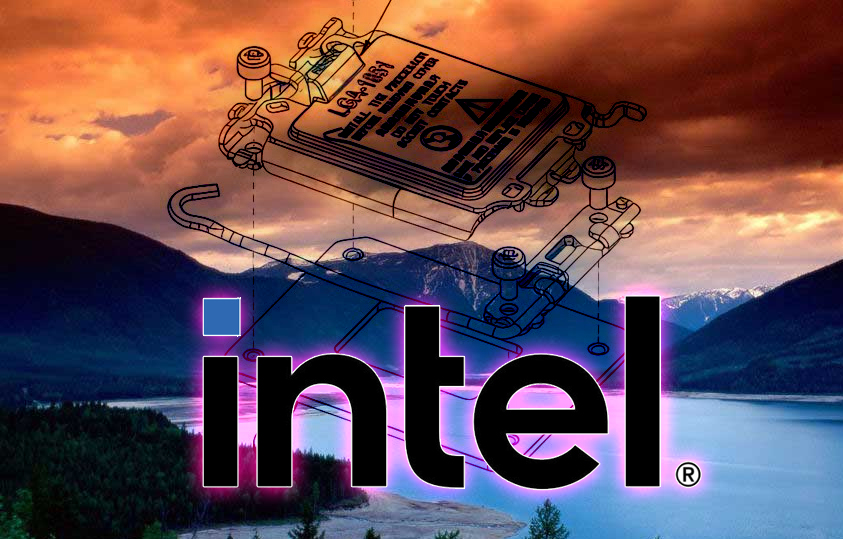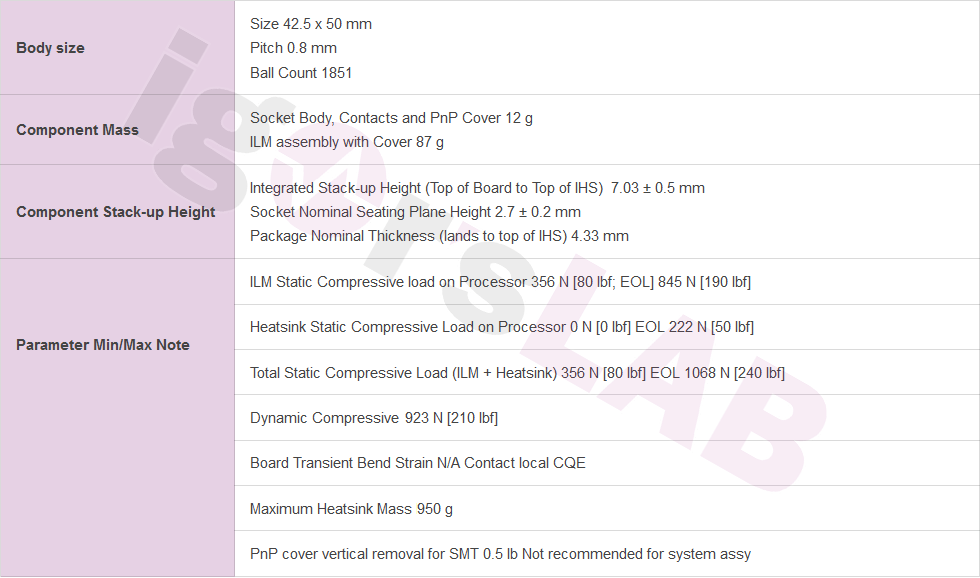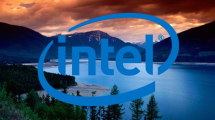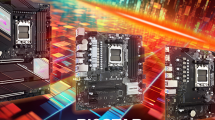Yesterday I already discussed the performance projection for an Arrow Lake S CPU, today we have the matching base in the form of the LGA1851 socket. Because Raptor Lake for Intel’s LGA 1700 desktop platform is already on the market and an update is planned for the fall. However, this socket will not be continued after that. It is planned that the Arrow Lake S processors will use a new LGA 1851 socket. Among other things, Intel plans to improve the I/O interfaces associated with the processor to bring it closer to the AM5 platform and introduce more features.

Specifically, this also involves improving connectivity for SSDs directly connected to the CPU to catch up somewhat with AMD. Unfortunately, the LGA 1700 platform currently only offers a PCIe 4.0 ×4 interface for SSDs. As a result, PCIe 5.0 SSDs have to use eight lanes that are actually intended for graphics cards. The LGA 1851, on the other hand, will connect a dedicated PCIe 5.0 ×4 interface directly to the CPU. This is in addition to the ×16 slot for the GPU, so there will be full native support for the fastest SSDs.
Besides that, the CPU should also provide a second PCI 4.0 ×4 interface for additional SSDs. At least that is something, even if it is a bit less than what AMD’s AM5 currently offers. Because there, the CPU has a PCIe 5.0 ×16 interface for connecting the GPU and then two more PCIe 5.0 ×4 interfaces for the SSD. The x16 GPU slot can also be split to AM5 with matching Ryzen 7000 processors in ×8/×4/×4.
In this context, the PinOut of the new socket (next page) and the mechanical implementation including the specifications for the cooler mounting are certainly interesting. Because one thing is unfortunately also clear: the current coolers will (once again) need new mounting systems, because the whole thing requires more pressure. Current systems then offer too little contact pressure and should no longer function optimally.
Technical parameters
The following table once again shows the relevant details and also the specifications that are really important for the cooler manufacturers. The specification for the maximum dynamic pressure that can be applied (Dynamic Compressive Maximum) increases from 489.5 N to 923 N and information about the bending of the board (Board Transient Bend Strain) has also been added, where it is casually mentioned to please contact the local quality engineer. The limits for static pressure (Total Static Compressive Load) in the sum of ILM and heatsink essentially remain the same. There were some discussions about the Z-height (Integrated Stack-up Height) in advance, but according to the current data, the distance between the top of the board and the top of the heatspreader (IHS) remains the same. The tolerance limits have not changed either.
Preliminary note
But before we come to the PinOut scheme and the single construction drawings, as I already published them for the Socket LGA1700 and AMD’s AM5, I have to preface a little thing. In order to protect my sources, I have reduced and alienated the contents a bit by means of AI. Nevertheless it is still readable. But you never know what else is hidden in such documents (up to FF watermarks).
Today I do this as a quickly scrollable image gallery, because that saves miles of scrolling with so many images. And you can also skip pages on the mobile device, instead of having to load everything right away. Because it is relatively much.
- 1 - Intro & Overview
- 2 - Pin-Out LGA 1851
- 3 - Pad-Design (CPU)
- 4 - Socket LGA1851- Page 1
- 5 - Socket LGA1851- Page 2
- 6 - Socket LGA1851- Page 3
- 7 - Socket LGA1851- Page 4
- 8 - Independent Loading Mechanism (ILM) - Page 1
- 9 - Independent Loading Mechanism (ILM) - Page 2
- 10 - Independent Loading Mechanism (ILM) - Page 3
- 11 - ATX Board Keep Ins - Board Primary Side
- 12 - ATX Board Keep Ins - Board Secondary Side
- 13 - LGA1700/1851 Thermal solution KIZ
- 14 - Boxed Cooler and Conclusion
































24 Antworten
Kommentar
Lade neue Kommentare
Mitglied
Urgestein
1
Urgestein
1
Mitglied
Urgestein
Veteran
Neuling
Urgestein
Urgestein
Urgestein
Urgestein
Urgestein
Veteran
Veteran
Mitglied
Urgestein
Urgestein
Alle Kommentare lesen unter igor´sLAB Community →